A good night’s sleep can make or break your camping trip. Whether you’re car camping with the family or embarking on a solo backpacking adventure, the quality of your rest directly impacts your outdoor experience. Enter the camping cot – an elevated sleeping solution that has been transforming outdoor sleep systems for centuries, from Pharaoh Tutankhamun’s sophisticated three-section folding bed to George Washington’s portable military cot.
In this comprehensive guide, we’ll explore everything you need to know about camping cots, from understanding the different types available to choosing the perfect model for your specific needs. We’ve tested and analyzed dozens of options across various price points and use cases to bring you honest, practical advice that will help you make an informed decision.
What Is the Best Camping Cot?
-
- Best overall: Helinox Cot One (ultralight and durable)
-
- Best for comfort: Coleman ComfortSmart Deluxe Cot
-
- Best for budget: ALPS Mountaineering Lightweight Cot
-
- Best for heavy-duty use: Teton Sports Outfitter XXL Cot

Key Takeaways
-
- Camping cots elevate you off the ground for better comfort and insulation
-
- Top picks include REI Co-op Wonderland Comfort Cot for overall comfort and Helinox Lite Cot for backpacking
-
- Weight capacities range from 200-600 lbs with varying dimensions to suit different needs
-
- Setup time varies from under 2 minutes to 15+ minutes depending on cot design
-
- Prices range from budget-friendly options under $100 to premium models over $300
-
- Consider portability, comfort, durability, and ease of setup when choosing your cot

What Is a Camping Cot and Why You Need One
A camping cot is a narrow, lightweight, and portable bed constructed with sturdy fabric stretched over a folding or collapsible frame. The primary function of any camp cot is to elevate the sleeper above the ground, providing crucial benefits that can dramatically improve your camping experience.
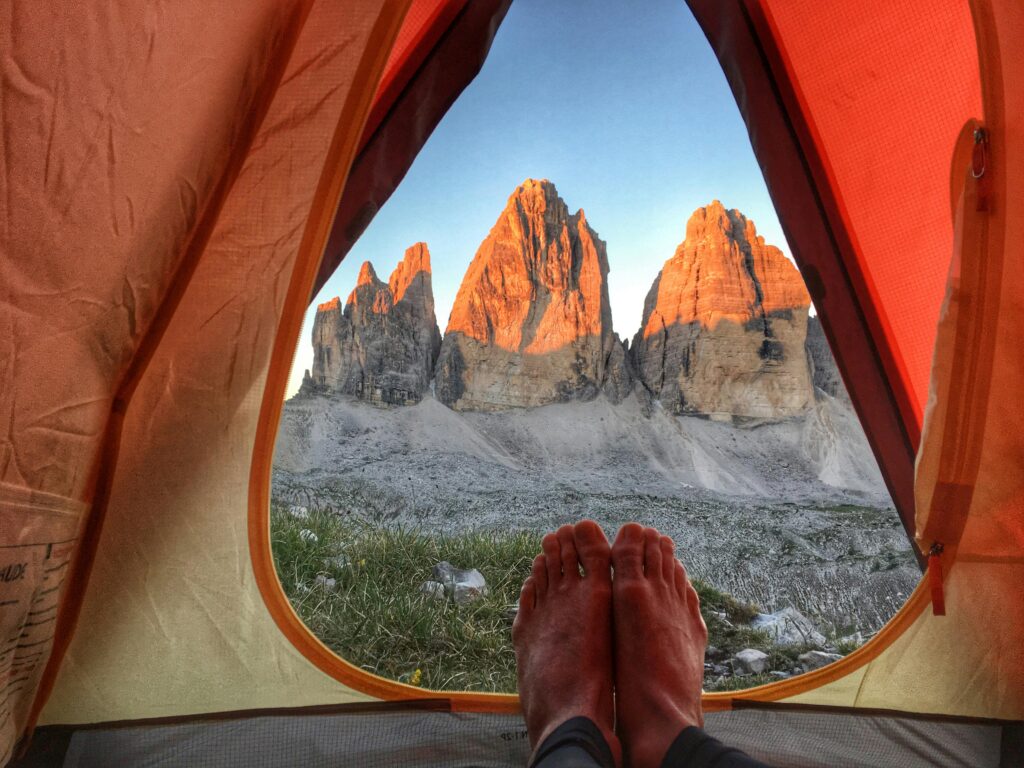
Benefits Over Ground Sleeping
When you sleep directly on the tent floor, you’re subject to several uncomfortable realities. Ground moisture can seep through even the best sleeping pads, creating a damp and cold sleeping surface. Uneven terrain means rocks, roots, and slopes that disrupt your sleep throughout the night. Additionally, direct ground contact creates significant heat loss through conduction, leaving you cold even with quality insulation.
Camping cots solve these problems by creating space between you and the ground. This elevation provides natural insulation, keeps you dry from ground moisture, and eliminates the discomfort of sleeping on uneven surfaces. Many outdoor enthusiasts report that switching to a cot system completely transformed their sleep quality during camping trips.

Ideal Scenarios for Camping Cots
Cots excel in several camping scenarios. Car camping setups benefit enormously from the added comfort and convenience, especially for multi-night stays. Base camping situations where you’re staying in one location for extended periods make the extra bulk worthwhile. RV camping and glamping scenarios often incorporate cots for additional sleeping space without sacrificing comfort.
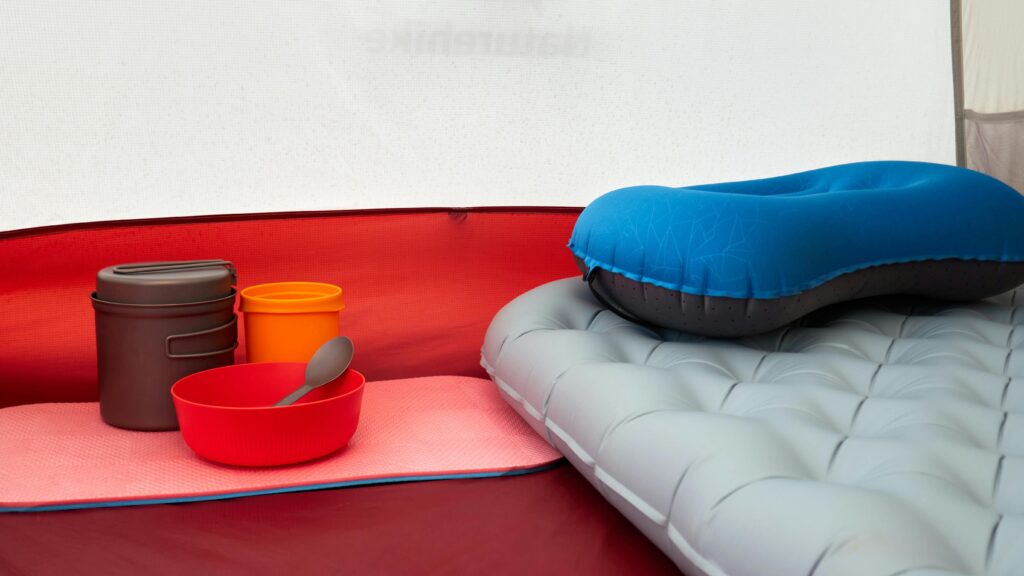
Comparison to Air Mattresses and Sleeping Pads
Unlike air mattresses, camping cots don’t deflate, puncture, or require inflation. This reliability factor alone makes them attractive to many campers who’ve experienced the frustration of a deflated air mattress at 3 AM. Compared to sleeping pads, cots provide superior support and eliminate the pressure points that can develop on harder ground surfaces.
However, cots do require more packed size and weight compared to most sleeping pads, making them less suitable for ultralight backpacking unless you choose specialized lightweight options.

Who Should Consider Camping Cots
Cots are particularly beneficial for campers with back issues, as the elevated and supported sleeping surface reduces pressure points and maintains better spinal alignment. Older adults often find the elevated height makes getting in and out of bed much easier compared to ground-level sleeping systems.
Side sleepers frequently prefer cots because they provide consistent support without the hip pressure that can develop on sleeping pads. Cold sleepers also benefit from the insulation properties, especially when combined with a sleeping pad placed on top of the cot for maximum warmth.
Types of Camping Cots
Understanding the different categories of camping cots helps narrow your search based on your specific camping style and needs.
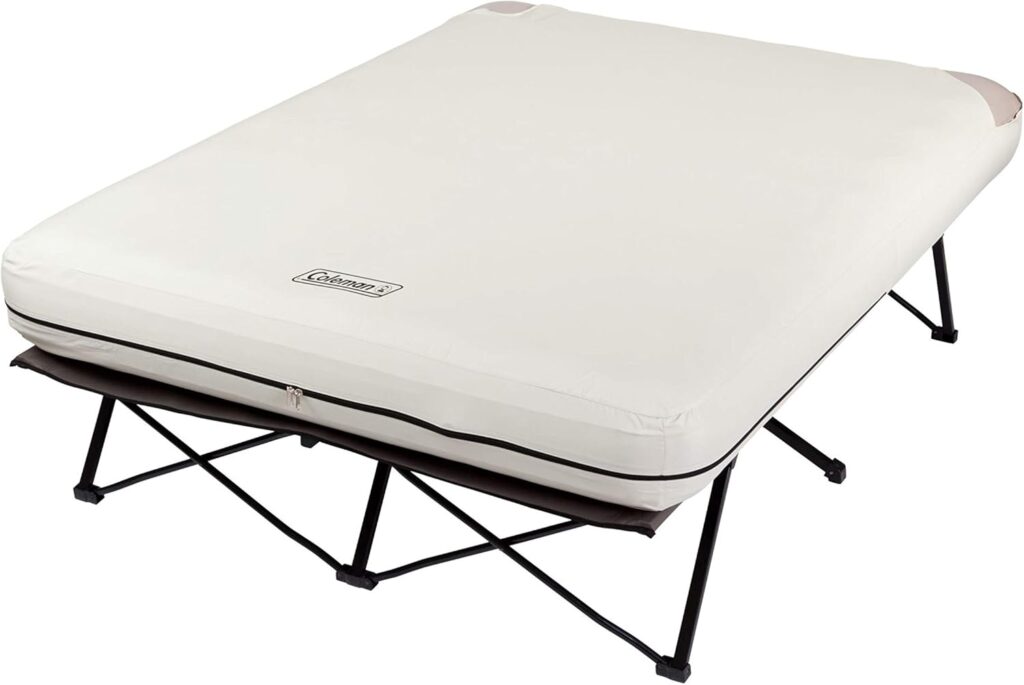
Folding Cots
Traditional folding cots like the Coleman Pack-Away use robust leg mechanisms that fold outward from the frame. These models prioritize durability and ease of setup, typically featuring steel or aluminum frames with straightforward assembly processes. The trade-off with folding cots is typically size and weight – they’re best suited for car camping where transport limitations aren’t a primary concern.
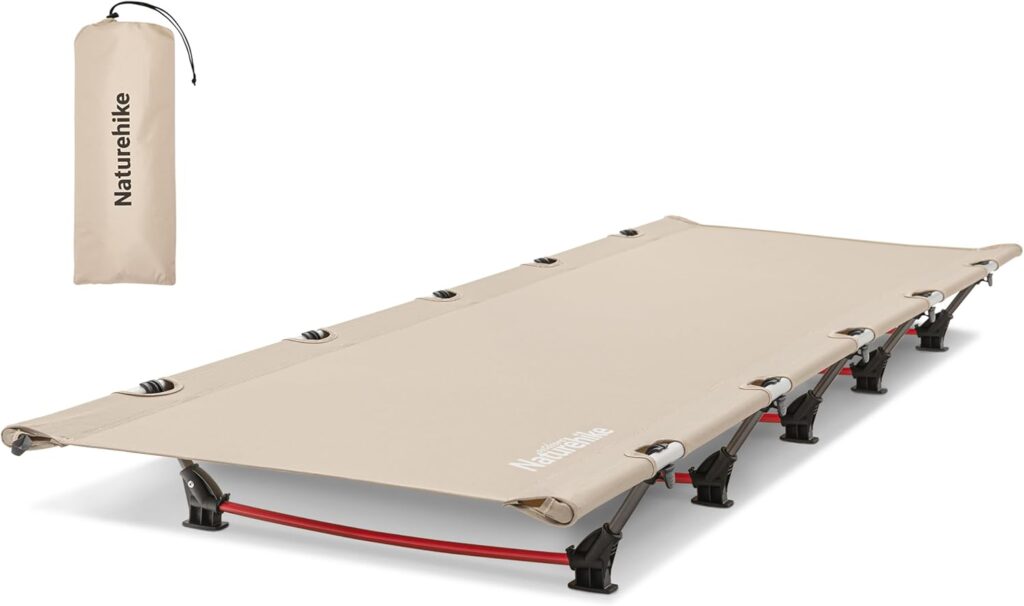
Ultralight Cots
Designed specifically for backpacking trips, ultralight options like the Helinox Lite and Therm-a-Rest UltraLite prioritize weight and packed size above all else. The Helinox Lite, for example, weighs just over 2 pounds and packs to 6”x21”, making it feasible for multi-day treks where every ounce matters. However, this lightweight design often means narrower sleeping surfaces and more complex setup procedures.
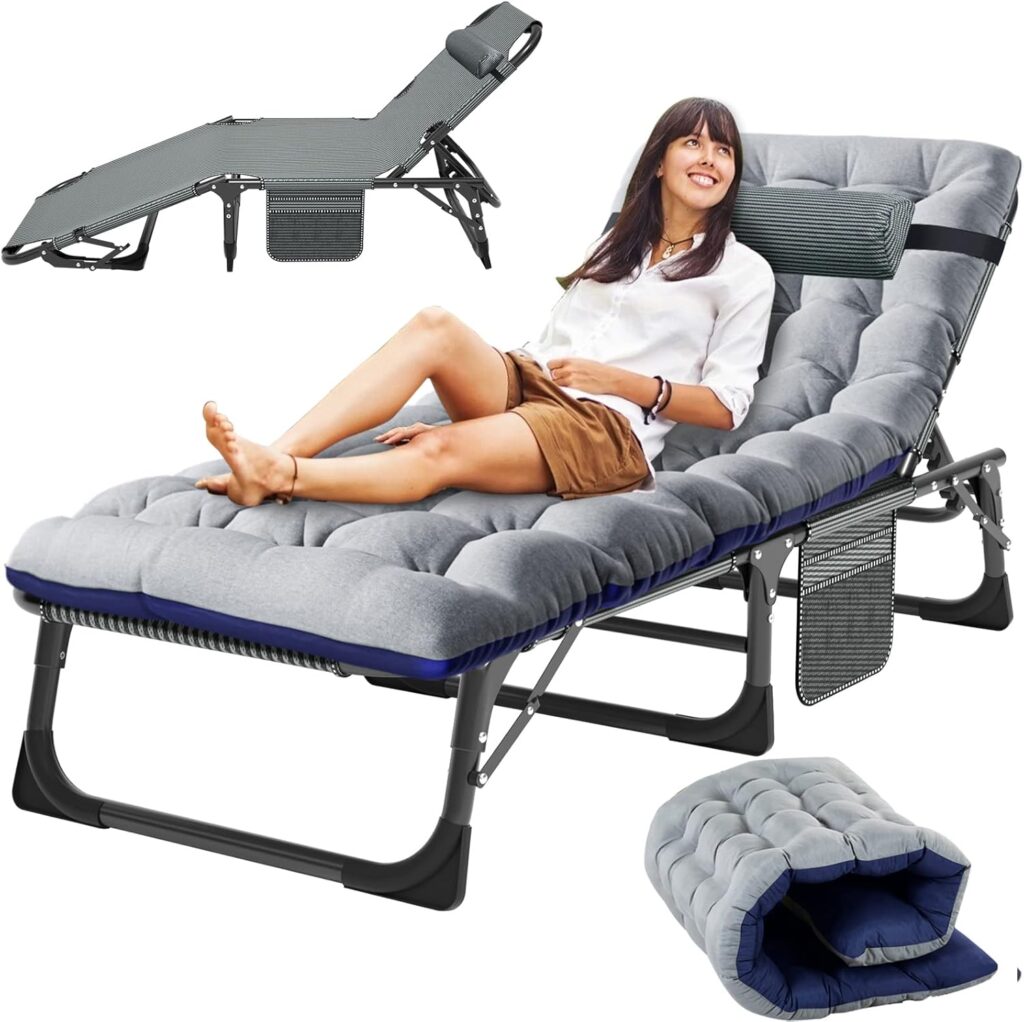
Convertible Cots
Some innovative designs like the Slsy Sleeping Cot can function as both a sleeping cot and a lounge chair. This versatility appeals to campers who want multi-use gear and spend significant time relaxing around the campsite during the day.
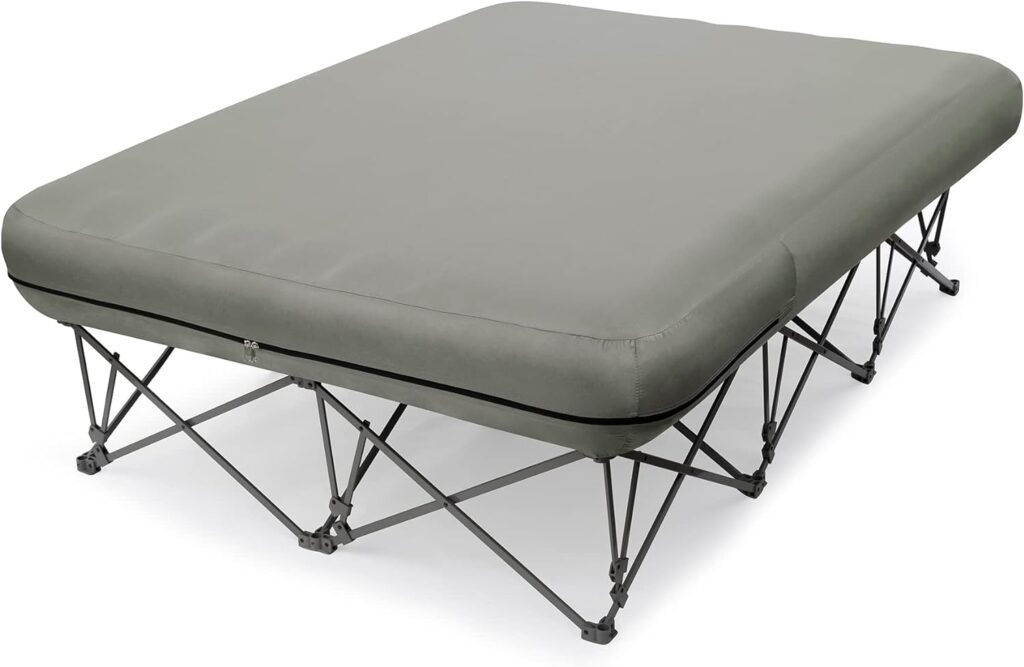
Deluxe Comfort Cots
At the opposite end of the spectrum, deluxe models like the KAMPKEEPER Queen Camping Cot feature integrated mattresses, extra-wide sleeping surfaces, and premium comfort features. These cots prioritize sleep quality over portability and are ideal for extended car camping trips where comfort is the primary concern.
Frame Material Comparison
The choice between aluminum and steel construction significantly impacts the cot’s characteristics. Aluminum frames offer superior strength-to-weight ratios, making them ideal for backpacking applications. However, steel frames typically provide greater overall durability and can support higher weight capacities, though at the cost of increased weight.
Top Camping Cot Recommendations
Best Overall: REI Co-op Wonderland Comfort Cot
The REI Co-op Wonderland Comfort Cot strikes an excellent balance between comfort, durability, and reasonable portability. This best overall camping cot features perimeter padding that eliminates pressure points along the edges, a padded headrest for added comfort, and oversized swivel feet that provide stability on uneven ground. The sturdy construction supports weights up to 300 pounds, while the overall design prioritizes long-term durability. Setup takes approximately 5-7 minutes and becomes intuitive after the first few uses.
The Wonderland Comfort Cot represents excellent value in the mid-range price category, typically retailing between $200-250. While not the lightest option for backpacking, it’s perfectly suitable for car camping setups where its comfort advantages shine.
Best Budget Option: KingCamp Folding Deluxe
For campers seeking basic comfort without premium pricing, the KingCamp Folding Deluxe delivers solid value under $100. This budget-friendly option features chair-style folding that enables setup in under 2 minutes – one of the fastest assembly times we’ve tested.
The integrated headrest provides adequate support for side sleepers, while the lightweight design makes it convenient for occasional use. Durability concerns center around the folding chair construction, which may not withstand intensive use as well as more robust designs.
Best for Backpacking: Helinox Lite Cot
The Helinox Lite Cot represents the pinnacle of ultralight cot design, weighing just over 2 pounds with a remarkably small packed size of 6”x21”. This lite cot uses premium materials and engineering to achieve weight and packed size numbers that make it viable for serious backpacking trips. Premium pricing reflects the advanced materials and engineering, typically retailing over $300. However, the lifetime guarantee and exceptional build quality make it a worthwhile.
Best Comfort: Coleman ComfortSmart
When comfort trumps all other considerations, the Coleman ComfortSmart delivers with an included mattress featuring individual spring support. This comfortable cot provides a very large sleeping area that eliminates pressure points and accommodates any sleeping position.
The integrated mattress system means no additional sleep system components are required, though this convenience comes with significant bulk and weight. Packed dimensions approach those of a large duffel bag, making it suitable only for car camping scenarios with ample storage space.
Setup complexity increases with the mattress integration, typically requiring 15+ minutes for complete assembly. However, the resulting sleep experience rivals many home beds, making it ideal for extended camping trips where comfort is paramount.
Key Features to Consider
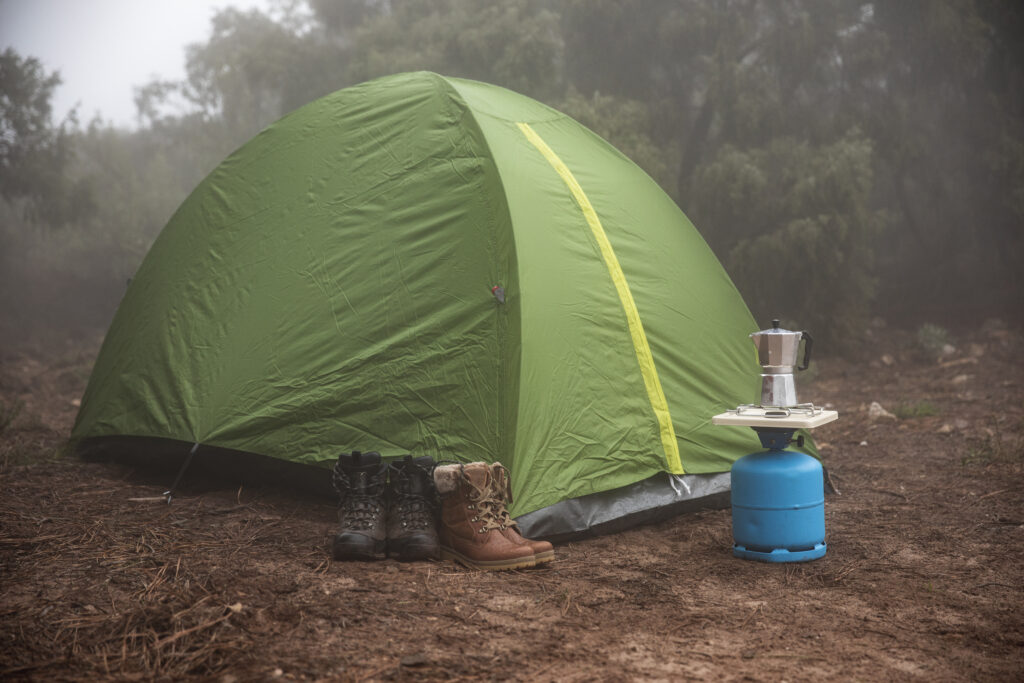
Size and Dimensions
Standard camping cots typically measure 25 inches in width, which accommodates most single sleepers but may feel restrictive for larger individuals. Extra-wide models can exceed 40 inches, providing more sleeping space but at the cost of increased bulk and weight.
Length considerations range from 72 inches for compact models to 86 inches for taller users. The cot’s size directly impacts its compatibility with smaller tents, so measure your tent’s interior dimensions before making a purchase.
Height clearance varies from 6 inches for low-profile designs to over 18 inches for elevated models. Higher cots make getting in and out easier but may not fit in all tent configurations.

Weight Capacity and Construction
Weight limits span from 200 pounds for minimalist backpacking models to over 600 pounds for heavy-duty options like the Teton Sports Outfitter XXL. Consider not just your body weight but also the dynamic forces from movement during sleep.
Frame construction significantly impacts durability and weight capacity. Steel frames generally support higher weights and withstand more abuse, while aluminum construction prioritizes weight savings. Joint and connection point quality often determines long-term reliability more than frame material alone.
Fabric quality varies from basic polyester to high-tech ripstop nylon. Mesh panels improve breathability in warm conditions, while solid fabric provides better insulation in cooler weather.
Comfort Features
Some cots include integrated padding, while others are designed to work with separate sleeping pads placed on top. The integrated approach offers convenience, while the modular approach allows customization of comfort and insulation levels.
Headrest options range from simple fabric extensions to padded cushions. Side rail support and edge stability become crucial for restless sleepers or those who need to get up frequently during the night.
Consider temperature and insulation needs carefully. While cots provide ground insulation, they can create convection cooling underneath in cold conditions. Many users find that placing a sleeping pad on top of the cot creates the optimal sleep system for varying conditions.
Setup and Portability
Assembly Time Comparison
Setup complexity varies dramatically between models. The KingCamp Folding Deluxe can be assembled in under 2 minutes thanks to its chair-style folding mechanism, while the Coleman ComfortSmart with integrated mattress may require 15+ minutes for complete setup.
Most traditional folding cots fall in the 3-5 minute range once you’re familiar with the process. Ultralight models often require more careful assembly to avoid damaging the lightweight materials.
Folding Mechanisms
Chair-style folding systems prioritize speed and simplicity, with legs that fold directly against the frame. Traditional leg assembly systems may take slightly longer but often provide greater stability and durability.
Some premium models feature quick-release mechanisms or color-coded components to streamline setup, especially useful in low-light conditions or when setting up frequently.
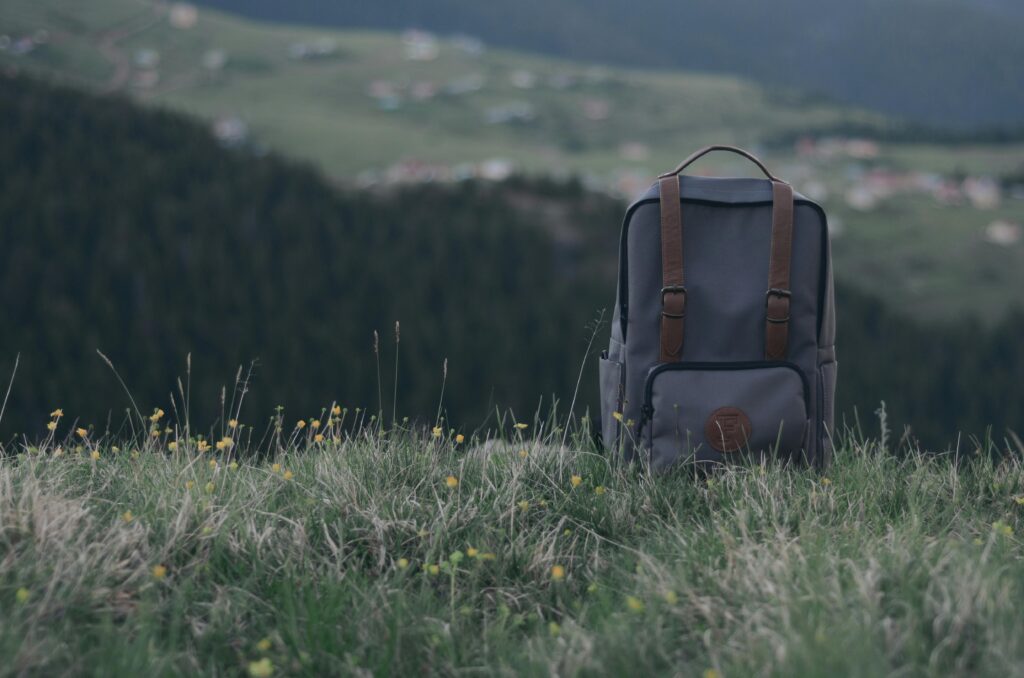
Transport Considerations
Carrying cases vary from basic stuff sacks to padded transport bags with handles and shoulder straps. Quality carrying cases protect the cot during transport and make handling much more convenient.
Weight considerations become critical for backpacking applications. Every pound matters on longer treks, making ultralight options worth their premium pricing for dedicated backpackers.
For car camping, convenience features like integrated handles and compact folded dimensions often matter more than absolute weight.
Durability and Maintenance
Most Durable Options
Based on long-term testing and user feedback, the Teton Sports Outfitter XXL and REI Wonderland represent the most durable options in their respective categories. These models withstand repeated folding cycles and heavy use with minimal wear.
Common failure points include leg brackets, fabric attachment sites, and joint connections. Quality cots reinforce these stress points with heavy-duty hardware and reinforced stitching.
Proper Care and Storage
Regular inspection helps identify wear before it becomes dangerous. Check fabric for tears or excessive stretching, examine joints for loosening, and ensure all locking mechanisms function properly. Cleaning should be gentle – brush off dirt and debris, spot-clean stains with mild soap, and ensure the cot is completely dry before storage. Avoid harsh chemicals that can degrade fabric or frame finishes. Storage considerations include keeping the cot in a dry environment and avoiding tight folding that creates permanent creases.
Warranty and Repairs
Many reputable brands offer multi-year warranties, with some premium models like the Helinox Lite including lifetime guarantees. Replacement parts such as feet, joints, and fabric sections are sometimes available for quality models.
Understanding warranty terms helps protect your investment. Some warranties cover manufacturing defects but exclude wear from normal use, while others offer more comprehensive coverage.
Buying Guide: Choosing the Right Cot
Assessing Your Camping Style
Car camping allows you to prioritize comfort over weight and packed size. Base camping scenarios where you stay in one location for extended periods make even bulky, comfortable cots worthwhile.
Backpacking requires careful consideration of weight and packed size. Every ounce counts on longer treks, making ultralight cots worth their premium pricing despite comfort compromises.
Budget Planning
Budget cots under $100 like the KingCamp and basic Coleman models provide adequate comfort for occasional use but may lack the durability for intensive camping.
Mid-range options from $100-250, including the REI Co-op Campwell and Coleman ComfortSmart, offer better materials, easier assembly, and improved comfort features.
Premium models over $250, such as the REI Wonderland and Helinox options, provide top-tier materials, engineering, and warranties that justify their cost for serious outdoor enthusiasts.
Measuring and Compatibility
Measure your tent’s interior dimensions carefully, including height clearance. Many cots won’t fit in smaller tents, particularly when combined with other gear.
Consider not just the unfolded dimensions but also the packed size for transport and storage. Vehicle space limitations often influence the maximum practical size.
Personal comfort preferences vary significantly. Some sleepers prefer firmer surfaces, while others prioritize cushioning. Width requirements depend on sleeping position and personal preferences.
Long-term Value Considerations
Premium cots often provide better value over time due to superior durability and repairability. A $300 cot that lasts 10 years costs less per use than a $75 cot replaced every two years.
Consider warranty coverage and replacement part availability when evaluating long-term value. Brands with comprehensive support can extend product life significantly.
Camping Cot Accessories
Compatible Sleep System Components
Most cots work well with sleeping pads placed on top for additional cushioning and insulation. This combination provides the support of the cot with the customizable comfort of your preferred pad.
Mattress toppers designed specifically for camping can transform basic cots into luxurious sleep systems, though they add bulk and weight.
Organization and Storage
Cot organizers and side storage pockets keep essential items within reach without cluttering the sleeping space. Some models include integrated storage solutions.
Weather protection accessories like cot covers provide additional protection from wind and precipitation in challenging conditions.
Maintenance and Repair
Repair kits containing fabric patches, spare hardware, and tools can extend cot life significantly. Many failures can be field-repaired with basic supplies.
Replacement parts like feet, joints, and fabric sections allow restoration of worn cots rather than complete replacement.
Common Problems and Solutions
Setup and Stability Issues
Leg buckling problems, particularly with some Coleman Pack-Away models, often result from improper assembly or worn locking mechanisms. Ensure all joints are fully engaged and consider replacement if wear is evident.
Fabric sagging develops over time with most cots. Adjusting tension points and using sleeping pads can compensate for minor sagging.
Environmental Challenges
Cold sleeping on cots occurs due to convection underneath the sleeping surface. Adding a sleeping pad on top of the cot eliminates this issue and creates an optimal sleep system.
Soft ground can cause cot legs to sink, creating instability. Wide objects placed under the legs or specialized swivel feet designed for soft ground solve this problem.
Storage and Transport
Preventing damage during storage requires keeping cots dry and avoiding excessive compression that creates permanent creases. Proper carrying cases protect against damage during transport.
Regular maintenance including cleaning, lubrication of moving parts, and inspection for wear prevents many common problems.
FAQ
What Is a Camping Cot?
A camping cot is a portable, elevated bed designed for outdoor use. Unlike sleeping directly on the ground, a camping cot provides support and comfort by lifting you off uneven or cold surfaces. Most cots feature a durable fabric stretched over a metal or aluminum frame, ideal for tent or base camp sleeping.
How to Make a Camping Cot More Comfortable
-
- Add a foam or inflatable sleeping pad on top
-
- Use a sleeping bag with extra padding
-
- Layer a blanket or quilt under your body
-
- Consider a cot with built-in cushioning or springs
These small upgrades can drastically improve sleep quality outdoors.
How Wide Is a Camping Cot?
The standard camping cot width ranges from 24 to 30 inches. However:
-
- Compact cots: ~24 inches (ideal for backpacking)
-
- Standard adult cots: ~28 to 30 inches
-
- XL or double cots: 32 to 40+ inches
Always check the cot’s dimensions to ensure it fits inside your tent and suits your body size.
How to Fold a Camping Cot
-
- Removing any mattress or accessories
-
- Unlocking the frame joints
-
- Folding the legs inward
-
- Collapsing the bed in half or thirds (depending on the model)
Always refer to the manufacturer’s instructions for best results and longevity.
How to Set Up a Camping Cot
-
- Unfold the frame
-
- Extend and lock the legs
-
- Pull the fabric tight and secure sidebars (if needed)
-
- Add bedding or a pad for comfort
Setup usually takes less than 5 minutes once you’re familiar with the model.
What to Look for in a Camping Cot
-
- Weight capacity (typically 250–600 lbs)
-
- Portability and folded size
-
- Comfort features (padding, built-in pillows)
-
- Durability (steel vs. aluminum frame)
-
- Ease of setup
For cold weather, choose a cot with insulation or room for an underlayer.
How to Clean a Camping Cot
-
- Wipe down the frame with mild soap and water
-
- Scrub fabric gently with a soft brush
-
- Air-dry completely before storage to avoid mold
-
- For tough stains, use a gentle fabric cleaner
Regular cleaning extends your cot’s lifespan and keeps it hygienic.
Look for a balance of comfort, weight, and durability.
How Much Is a Camping Cot?
-
- $30 to $60 for basic models
-
- $70 to $120 for mid-range comfort
-
- $150+ for premium or heavy-duty options
Investing in a quality cot can dramatically improve your outdoor experience.
Conclusion
Investing in the right camping cot can transform your outdoor sleeping experience from merely tolerable to genuinely comfortable. Whether you prioritize ultralight portability for backpacking trips or maximum comfort for car camping adventures, there’s a cot designed for your specific needs. The key lies in honestly assessing your camping style, budget, and comfort requirements. A weekend car camper has very different needs than a dedicated backpacker, and the best camping cots for each scenario reflect these distinct priorities.
Remember that a quality cot is an investment in better sleep, which directly impacts your enjoyment of the outdoors. Take time to research options, read reviews, and consider long-term value rather than just initial cost. Your back will thank you during those nights when you’re sleeping comfortably elevated above the ground while others toss and turn on their sleeping pads. Start with our top recommendations based on your primary use case, and don’t hesitate to invest in quality accessories like compatible sleeping pads and proper carrying cases. A well-chosen camping cot system will serve you well for years of outdoor adventures, making every camping trip more comfortable and enjoyable.
Tags: camping, outdoor gear, sleep systems, car camping, backpacking, outdoor comfort, camping equipment





